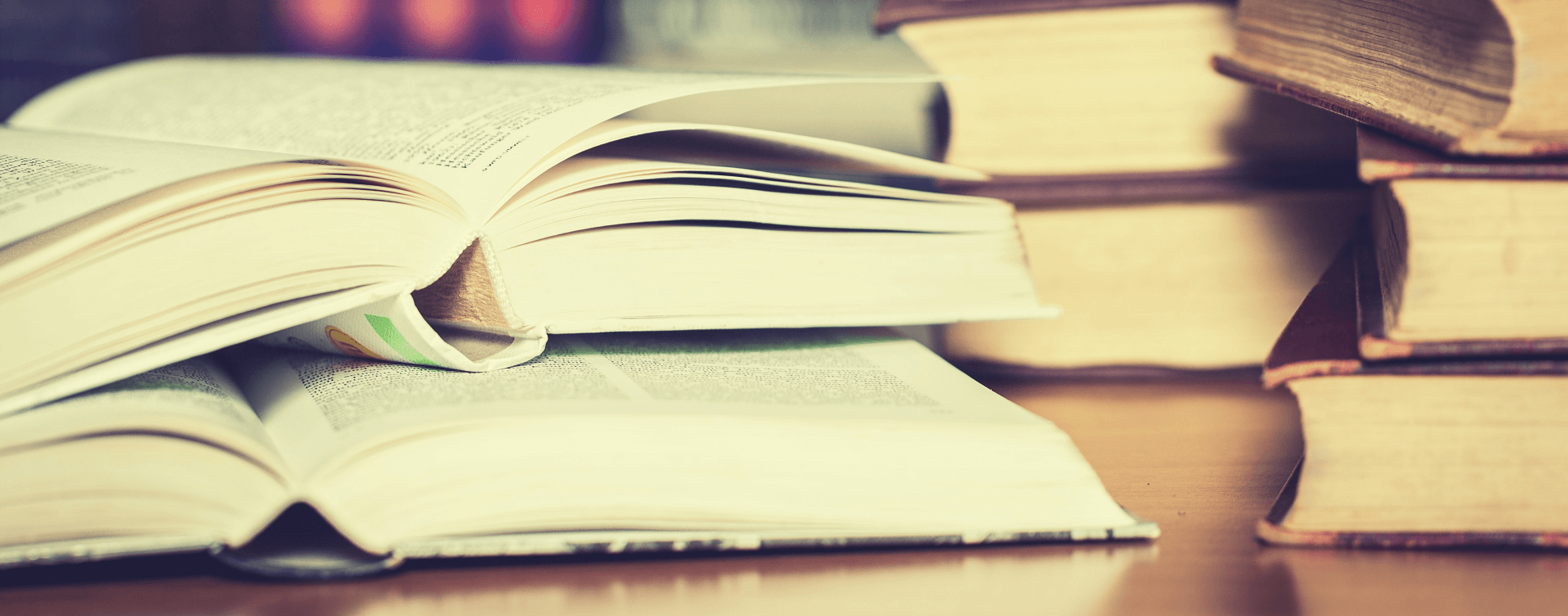
Didactics of History of Art II
Study Cycle: 2
Lectures: 0
Seminars: 0
Tutorials: 60
ECTS credit: 4
Lecturer(s): asist. dr. Dolšina Delač Marjana, prof. dr. Germ Martin
• Methods of global learning
Basis of global learning (neurolinguistic, methods of learning, adapted to intellectual capacities). Forms of education and methods of global learning: learning with music, mind mapping, relaxation, visualizing works of art, portfolio, interdisciplinary learning, project learning process, synchronization with other school subjects.
Considering: psychology of learning, individual demands of pupils, variety in styles of perception, of learning styles, of motivation for lectures on art history and visual arts, reflections of pupils and teacher resp. reflection of person, transmitting the information (speaker, moderator of talk show etc.) and non-scholastic audiences.
• Educational programme II.
Replenishment of basis knowledge in respect of tuition planning on annual and daily basis (cf. Didactics I). Motivation strategies. Interdisciplinary combination. Creating and making use of written lecture, of panel image, of portfolio (by pupil, by teacher). Types of learning tools and their use, profiting new, technologically advanced media. Planning, organizing and performing obligatory selected courses, activities outside school: activities in galleries and museum. Worksheets for lessons, activities, special groups. Continuous evaluation of tuition process.
• Continuous evaluation and examination of knowledge in schools
Planning repetition of acquired contents, evaluation and examination (oral and written), formulation of tasks (in concordance with Boom's taxonomy), examination and evaluation of other activities of pupils during the tuition process.
Formulation of criteria for evaluation of knowledge in concordance with standards for art history and visual arts; scholastic legislation.
Processes of examination and comparison of acquired knowledge for demands of pedagogical process in schools and for needs of non-formal and non-scholastic groups.
• Teacher of art history and visual arts
Active research of qualities needed. Probation and professional exam; legislation in domain of education. Permanent education of teachers, planning of teacher’s professional development.
Replenishment of knowledge in respect of transmitting contents to non-scholastic audiences.
• Transmitter of art historical contents outside the school
Person, addressing broader public and special groups. Defining special demands and skills for such tasks. Presentation of works of art in their natural environment, organization of talk-show (emission, visiting gallery etc.)